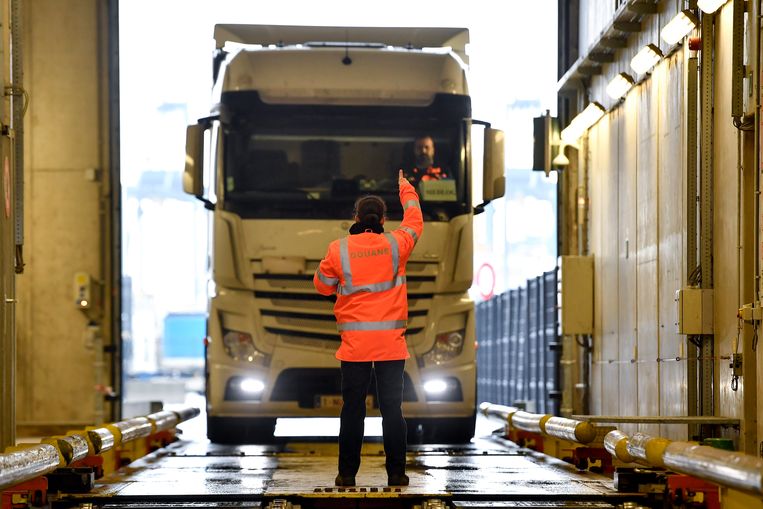As much as half of all cocaine bound for Europe in 2019 was meant to enter the Continent through a Belgian port, primarily via the Port of Antwerp, new data from a shipping control programme showed.
The United Nations' Container Control Programme (CCP) said that a total of 77 tons of cocaine had been seized in 2019, more than doubling the number of drugs seized last year.
The CCP's boss, Bob Van den Berghe, said that the figures signalled that Belgium had become the main entry for cocaine bound for the European market, confirming a previously highlighted trend.
Over half (63 tons) of the cocaine that was seized leaving a Latin American port was bound for Europe and 31 tons were meant to arrive in the continent through Belgium, Van den Berghe, a former Antwerp police officer, said.
The cocaine shipments bound for Europe were worth an estimated $3.5 billion and were destined primarily for the ports of Zeebrugge and, primarily, Antwerp.
During a recent operation on 27 December, the CCP found 885 kilograms of cocaine dissimulated in the fake roof of a container coming into Zeebrugge from the small South American country of Suriname.
A CCP conference held in Antwerp in October already put Europe's second-largest port on the spotlight for the illicit drug market, noting that out of the 42 tons of cocaine seized so far, already half was bound for Antwerp.
The number of drugs seized by the CCP could nevertheless underrepresent the real flow of cocaine coming into Belgium, since the UN body is not active in all Central and South American ports.
In 2018, global police and costumes figures found that 50 tons of cocaine produced the world-over was meant destined to the Port of Antwerp alone.
Gabriela Galindo
The Brussels Times

